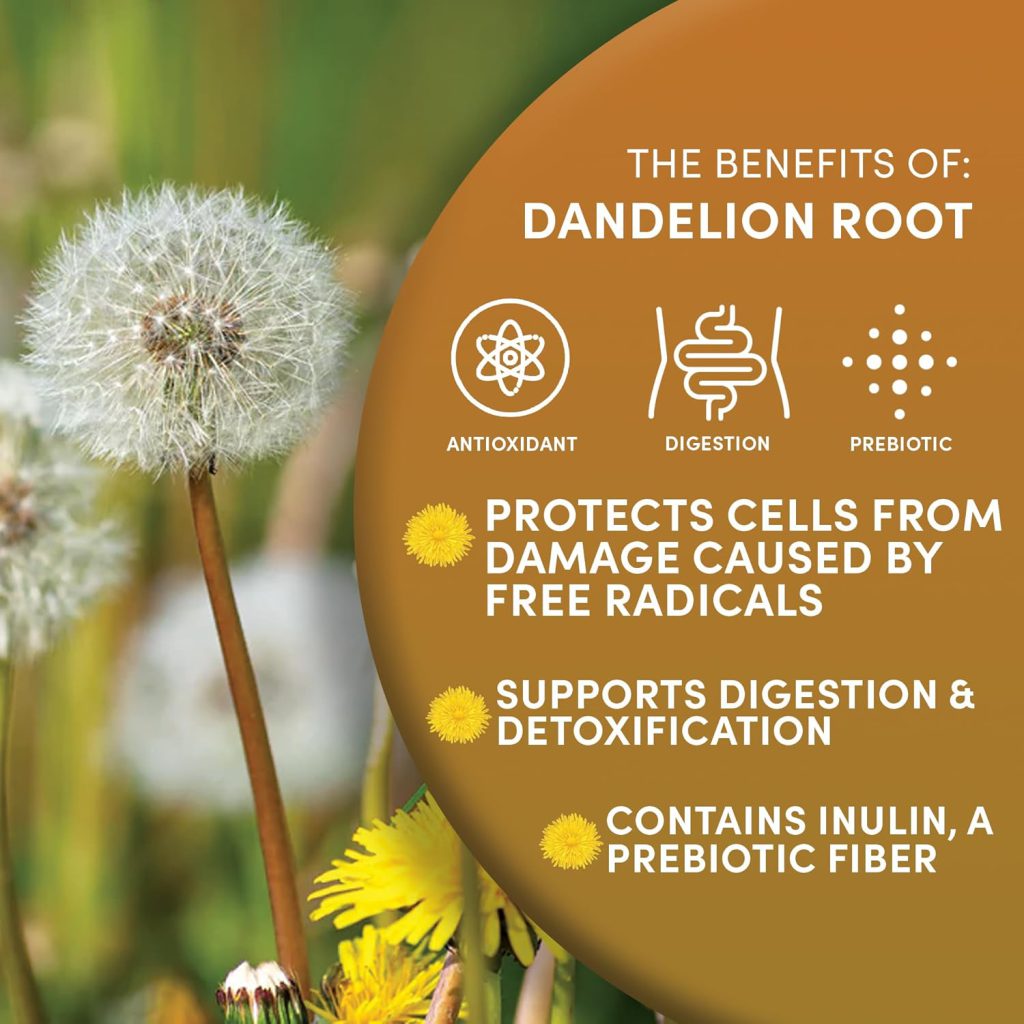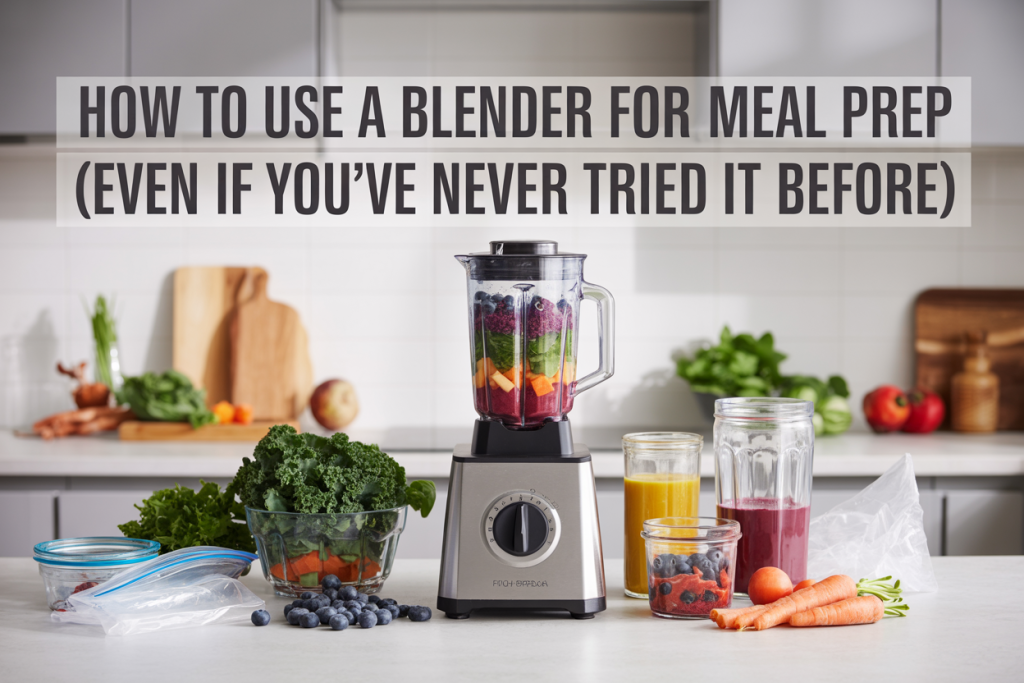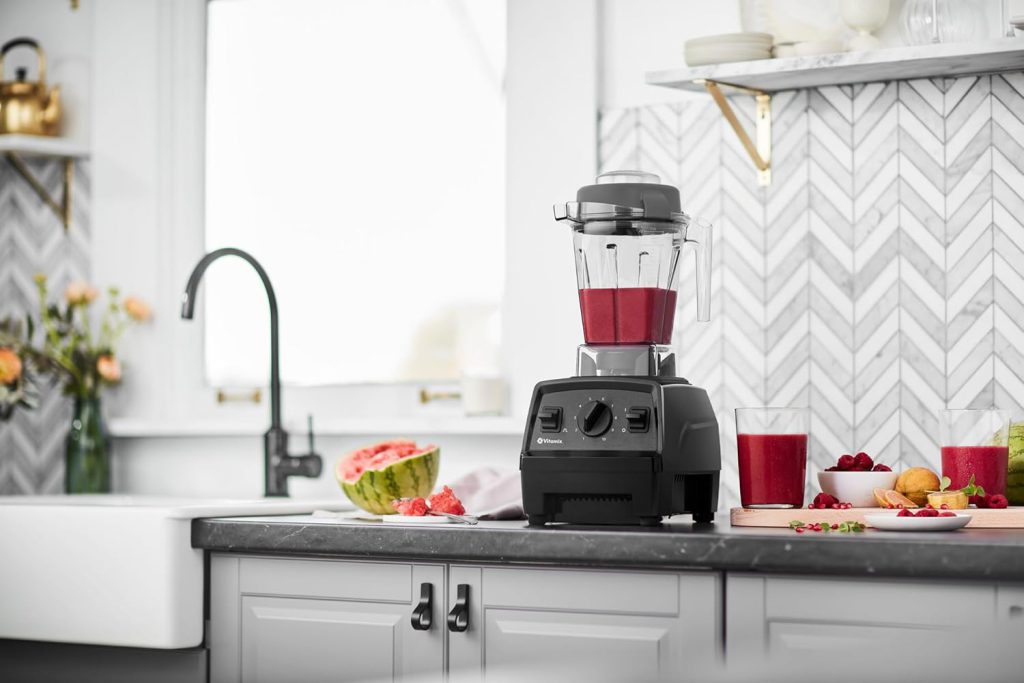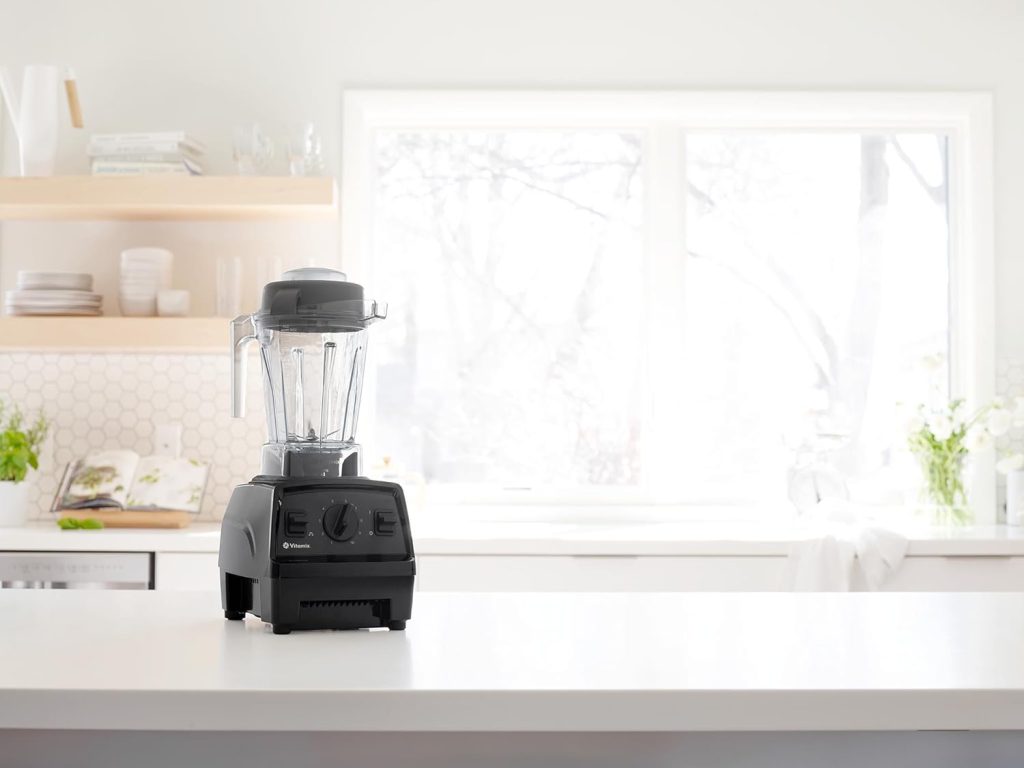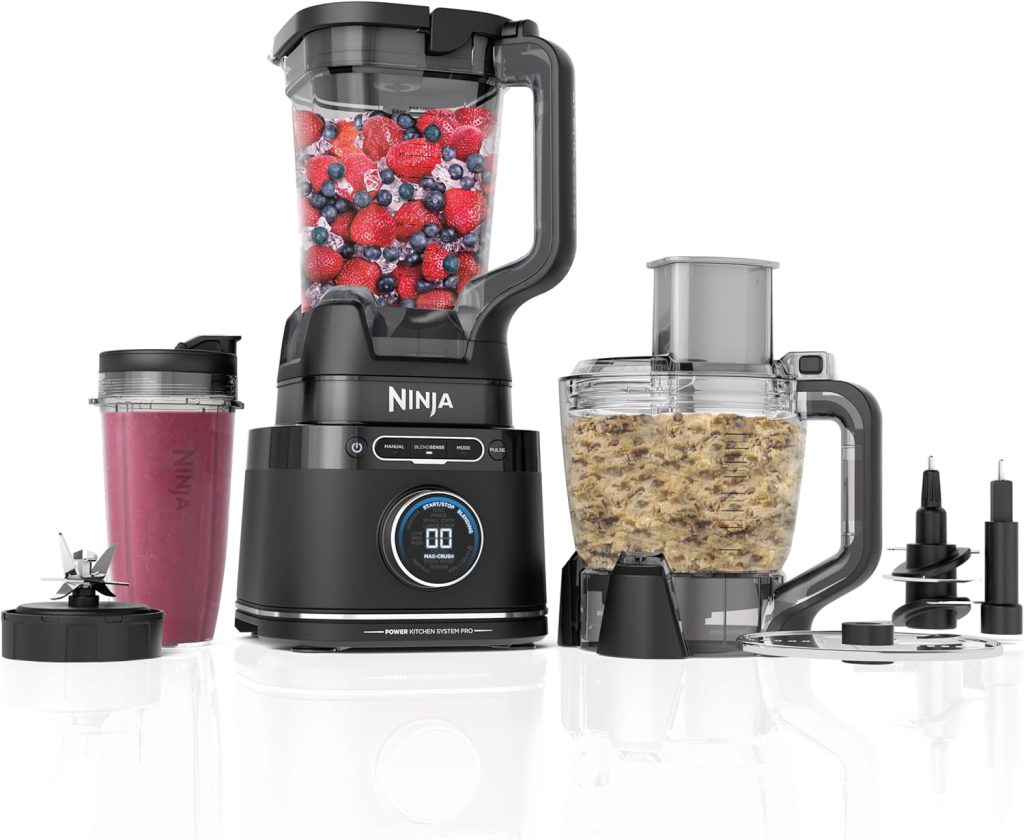Top 6 Healthy Green Juice Ingredients
If you’re focused on eating healthier, chances are you’ve already thought about juicing and healthy green juice ingredients. And when it comes to nutrition, leafy greens are some of the most powerful ingredients you can add to the mix.
They’re packed with vitamins, minerals, and antioxidants—but only if your juicer can actually extract them well.
That’s where slow juicers (also called cold press or masticating juicers) really shine.
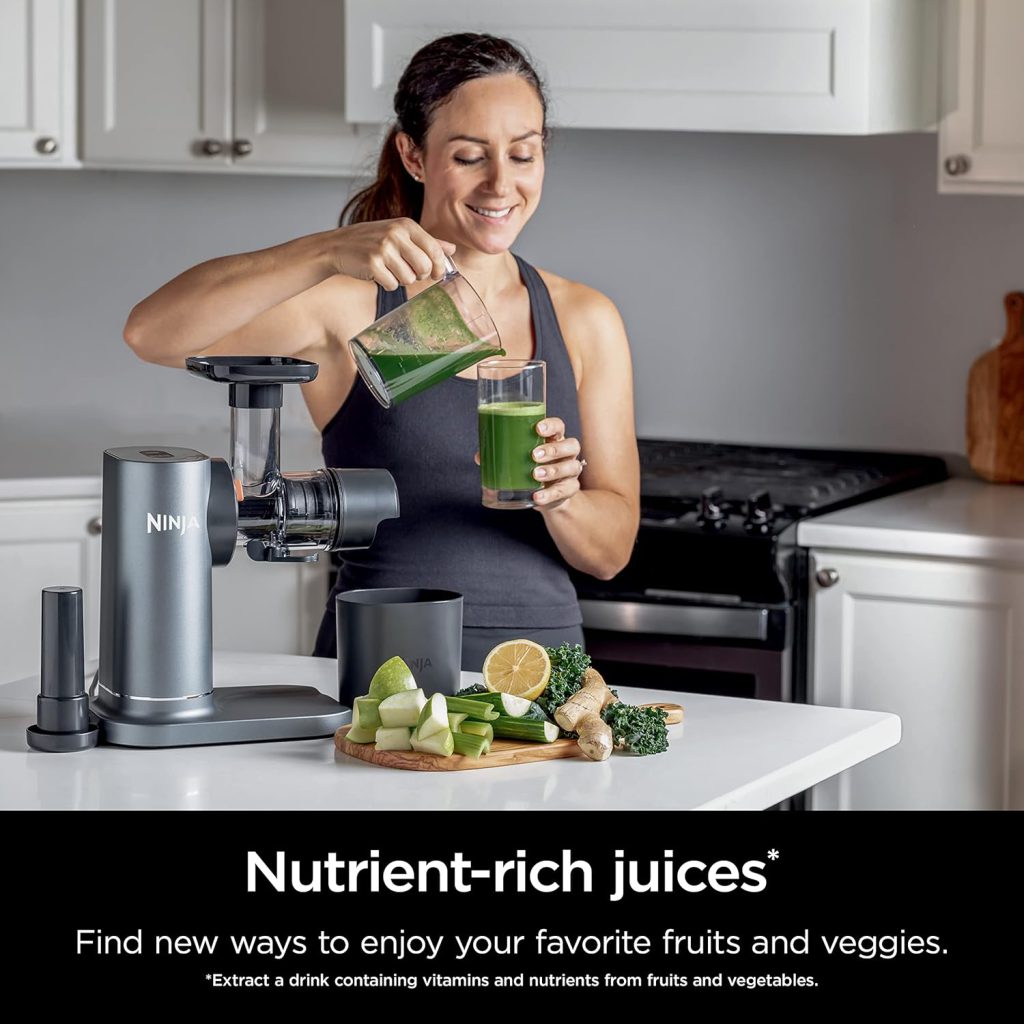
Unlike high-speed models that create heat and foam, slow juicers gently crush and press produce—especially leafy greens—so you end up with more juice, better flavor, and less waste.
If you’re still in the research phase and haven’t picked a juicer yet, you’ll want to start with this guide to quiet slow juicers for leafy greens. It breaks down which models actually work well without sounding like a blender on overdrive.
In this post, we’re shifting focus from the machine to the healthy green juice ingredients—because not all leafy vegetables are created equal when it comes to juicing. You’ll learn which ones are nutrient-dense, which pair well together, and how to mix things up so you don’t get bored (or overload on one type).
Contents
- 1 Table of Contents
- 1.1 Kale – The Nutrient Powerhouse
- 1.2 Spinach – Gentle and Versatile
- 1.3 Wheatgrass – Detox Favorite
- 1.4 Parsley – More Than a Garnish
- 1.5 Swiss Chard – Colorful and Nutrient-Rich
- 1.6 Dandelion Greens – The Hidden Gut Hero
- 1.7 Quick Chart: Nutritional Highlights Healthy Green Juice Ingredients
- 1.8 Rotating Your Greens for Variety & Safety
- 1.9 Bonus: 3 Green Juice Combos You’ll Actually Crave
- 1.10 Wrap-Up: Know Your Greens Before You Juice
Table of Contents
Let’s take a look.
Kale – The Nutrient Powerhouse
Kale is one of those greens that gets a lot of hype—and for good reason. It’s loaded with vitamin K, vitamin C, and antioxidants that can support everything from bone health to immune function. If you’re looking to boost the overall nutrition of your juice, this is a solid go-to.
That said, kale isn’t exactly subtle. The flavor can come off bitter or “earthy,” especially if you toss in a large handful. A good trick is to pair it with something crisp and slightly sweet—like green apple, cucumber, or even a splash of lemon—to balance things out.
It’s also a strong green in terms of texture, so a little goes a long way. Try mixing it in with other greens or rotating it into your weekly routine instead of using it every day. That way, you keep the variety (and avoid burnout).
Spinach – Gentle and Versatile
Spinach is one of the easiest greens to juice, especially if you’re just getting started. It has a mild flavor that won’t take over your blend, and it plays well with almost anything—carrots, apples, berries, you name it. It’s also gentle on the digestive system, which makes it a great everyday option.
Nutritionally, spinach brings a solid dose of iron, folate, and vitamin A to the table—especially helpful if you’re trying to support energy levels or fill in some gaps in your diet.
One thing to keep in mind: spinach is higher in oxalates, which can be an issue for people with kidney concerns. You don’t need to cut it out completely, but it’s smart to rotate it with other greens and not rely on it as your only base.
Wheatgrass – Detox Favorite
Wheatgrass has built a reputation as a go-to for “green shots,” and while some of the claims can get a little overhyped, there’s no denying it’s packed with chlorophyll and nutrients. Many people use it to support digestion, energy, or gentle detox—especially in small, concentrated amounts.
It’s not the kind of green you throw in by the handful. Wheatgrass is fibrous and very potent, so a little goes a long way. Think of it as a booster, not a base. Most juicers can handle small amounts of it, especially masticating models that are built for tougher greens.
Bonus: it’s one of the easiest things to grow at home on a windowsill or countertop. If you’re into DIY kitchen wellness, it’s a great one to try.
Parsley – More Than a Garnish
Parsley doesn’t always get the spotlight, but it absolutely deserves a place in your juicing routine. It’s rich in vitamin C and has natural diuretic properties, which some people use to support kidney function and reduce water retention. Bonus: it also helps freshen breath, thanks to its high chlorophyll content.
That said, parsley has a bold, slightly peppery flavor—so you don’t need much. Just a few sprigs can go a long way in a juice. It pairs especially well with citrus like lemon or orange, which helps mellow out the intensity and bring a refreshing twist.
Because of its strength and diuretic effect, it’s best used occasionally and in small amounts—not as a daily base green. Think of it as a bright accent, not the main ingredient.
Swiss Chard – Colorful and Nutrient-Rich
Swiss chard is one of those underrated greens that quietly delivers big benefits. It’s loaded with magnesium, potassium, and vitamins A and E—nutrients that support everything from heart health to skin and muscle function. And with its vibrant red, yellow, or white stems, it brings some visual flair to your juice lineup too.
The flavor is mild but slightly salty, which can be a nice contrast to sweeter ingredients. It pairs especially well with beet, apple, or lemon to create a balanced, earthy blend.
Like spinach, chard is higher in oxalates, so it’s best to rotate it with other greens rather than using it daily. If you’re mixing things up throughout the week, it’s a great one to keep in the rotation.
Dandelion Greens – The Hidden Gut Hero
Dandelion greens might not be the first thing you think to juice, but they’re a quiet powerhouse—especially when it comes to digestion and liver support. Traditionally used in herbal wellness routines, these greens are thought to help stimulate bile flow and support natural detox pathways.
The flavor? Definitely on the bitter side. But that’s not a bad thing—bitter foods can be great for digestion. To make the taste more palatable, pair dandelion greens with naturally sweet produce like pear, carrot, or even a splash of pineapple.
If you’re buying them fresh, go for organic when possible. You can also forage them, but only if you’re absolutely sure they’re from a clean, pesticide-free area. These are strong greens, so start with small amounts and work your way up.
Quick Chart: Nutritional Highlights Healthy Green Juice Ingredients
| Leafy Green | Key Nutrients | Best Pairings | Notes |
| Kale | Vitamin K, Vitamin C, Calcium | Apple, Cucumber | Strong, earthy flavor; use in small amounts |
| Spinach | Iron, Folate, Vitamin A | Pineapple, Lemon | Mild and versatile; high in oxalates |
| Wheatgrass | Chlorophyll, Vitamin E | Ginger, Lemon | Potent and fibrous; use in small shots |
| Parsley | Vitamin C, Antioxidants | Lemon, Orange | Bold, peppery flavor; natural diuretic |
| Swiss Chard | Magnesium, Potassium, Vitamins A & E | Beet, Lemon | Slightly salty; rotate due to oxalates |
| Dandelion Greens | Vitamin K, Iron, Bitter compounds | Pear, Carrot | Bitter but gut-friendly; go organic when possible |
Rotating Your Greens for Variety & Safety
It’s easy to fall into a routine with juicing—grab the same greens every week, toss them in, done. But over time, using the same leafy vegetables day after day can backfire. Why? Two main reasons: oxalates and gut diversity.
Some greens like spinach and Swiss chard are high in oxalates, natural compounds that can build up in the body and potentially affect kidney health if overconsumed. It’s not about avoiding these greens entirely—it’s about not relying on them every single day.
The other reason to rotate is for your gut. Different plants feed different beneficial bacteria, and variety helps support a more balanced, resilient microbiome. So even if your go-to green feels safe and easy, mixing things up can have bigger benefits over time.
So how often should you rotate? A simple rule: switch your main greens every 3–5 days, or plan weekly cycles (like spinach one week, kale the next). You don’t need to make it complicated—just keep an eye on your habits.
And always pay attention to how your body feels. If something tastes off, feels too intense, or affects digestion, try scaling back or swapping it out for a few days. Juicing should support your health—not stress your system.
Bonus: 3 Green Juice Combos You’ll Actually Crave
You don’t need complicated recipes or exotic ingredients to make a green juice you’ll actually want to drink. These three combos are simple, well-balanced, and built around the greens we’ve covered—so you get the benefits without the bitter surprise.
🍏 Easy Energy Boost
Spinach, green apple, celery, lemon
Light, crisp, and perfect for mornings when you need a lift. The apple adds a touch of sweetness, and the lemon brightens everything up.
🍐 Liver Love
Dandelion, cucumber, pear, ginger
A gentle detox combo that doesn’t taste like one. Pear smooths out the dandelion’s bitterness, and ginger gives it just the right amount of zing.
🌿 Calm & Clear
Kale, parsley, cucumber, mint
This one’s refreshing and grounding—great for stressy afternoons or post-workout hydration. Mint cools it down and cuts the intensity of the greens.
Each blend can be tweaked to your taste or what’s in your fridge. Try one this week and see how it fits into your routine.
Wrap-Up: Know Your Greens Before You Juice
Juicing isn’t just about having the right appliance—it’s about using the right ingredients in a way that works for your body and your goals. Leafy greens can offer a big nutritional boost, but choosing the right ones (and switching them up) makes all the difference.
Whether you’re looking to support energy, digestion, or just get more greens in without cooking them, it helps to know what each one brings to the table—and how to make them taste good in the process.
If you’re still deciding on a juicer, be sure to check out the guide to quiet slow juicers for leafy greens so you can get the best results from every blend.
And if you found this helpful, go ahead and bookmark the blog or subscribe for more tips on building a healthy, efficient kitchen—one tool (and one habit) at a time.
~April
Check out other blog posts to cook healthier.
